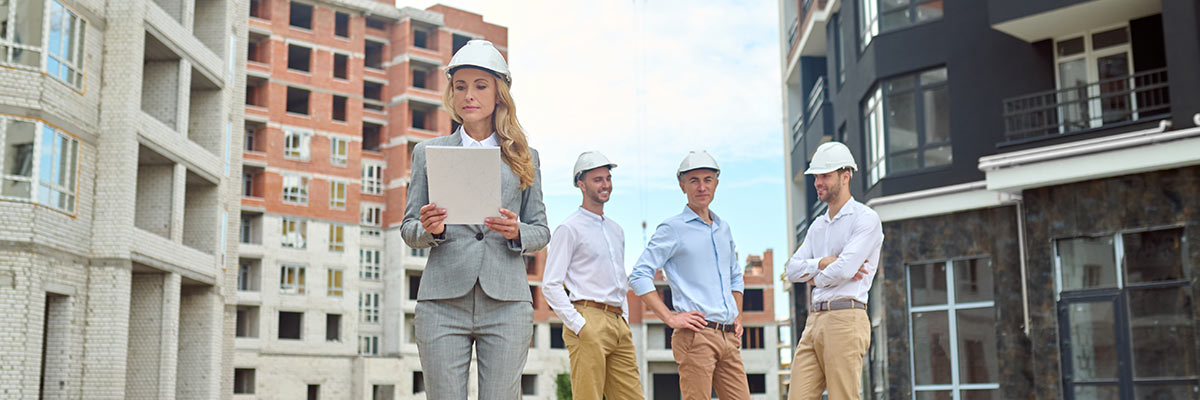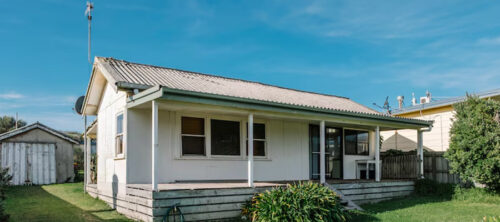Building a house is an exciting and creative endeavor. It involves making decisions that will shape a unique space for you and your family. Choosing an ideal location and finalizing modern designs require careful planning at every stage. This all-in-one guide covers all the essentials, from the fundamentals to personal details, to help you create a space that truly reflects your lifestyle, needs, and budget.
Experience a Seamless Move-Trust Our Professional Movers!
Top 4 Factors to Weigh When Planning Your New Home
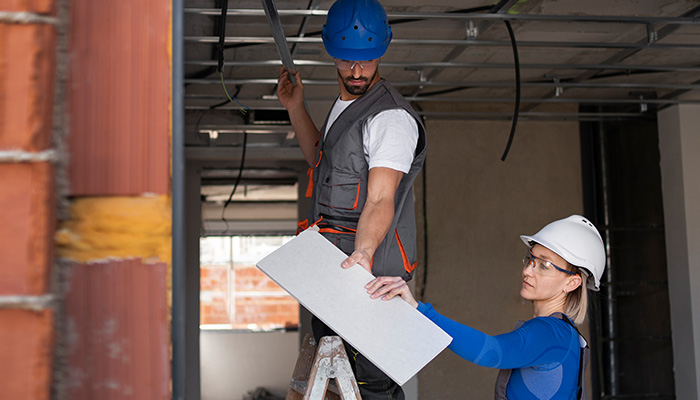
Learn more: New Home Checklist: The Ultimate Guide to Moving In
Building a house starts with establishing a philosophy that will define it for many years to come. The following are critical considerations:
Location
Select the right place. Think of the neighborhood, accessibility to work and schools, and the proximity to basic services. This choice may significantly impact the value of the property and long-term satisfaction.
Material
Choosing sustainable and durable materials can reduce long-term maintenance costs and environmental impact. Quality materials not only add to your home’s longevity but can also increase its resale value.
Size
Consider your family’s needs both now and in the future. Building too big can lead to excessive costs, while a too-small space may not accommodate growing needs.
Orientation
Maximizing natural light through your home’s orientation can reduce energy bills and create a warmer, more welcoming environment. North-facing homes, for instance, benefit from more consistent lighting throughout the day.
Learn more: 6 Tips To Help You Settle Into Your New Home Quickly
15 Best Tips for Building a Home
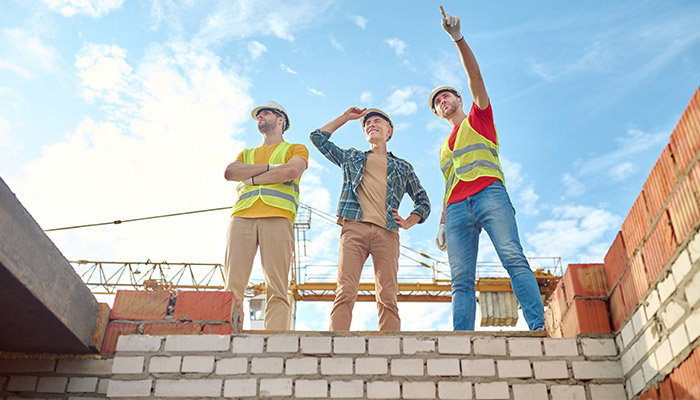
Here are some modern, innovative, and budget-friendly home-building ideas to inspire your journey.
Modern Home Designs
- → Minimalist Exteriors: Clean lines and muted colors create a modern and sophisticated look that’s also low-maintenance.
- → Open-Concept Floor Plans: Open layouts enhance space and are great for family gatherings, offering versatility in-room functions.
- → Smart Home Integration: Automate lighting, security, and heating to improve energy efficiency and convenience.
- → Glass Walls: Adding large windows or glass walls opens up views and invites ample natural light, creating a spacious feel.
Innovative Layouts
- → Multi-Use Rooms: Create flexible spaces that can adapt over time, such as a home office that doubles as a guest room.
- → Floating Staircases: Floating stairs can add a modern look, while the space underneath can be used for storage or display.
- → Pocket Doors: These doors save space and enhance the home’s flow, making smaller areas feel less confined.
- → Loft Areas: Perfect for additional storage or as a cozy reading nook, lofts add functional space without needing a full extra room.
Cost-Effective Building Ideas
- → Affordable Moving Truck Rentals: Save on transportation costs by comparing moving truck rental options and choosing affordable services. Be sure to research “how to rent a moving truck” and “moving truck rental cost” for your area.
- → Prefabricated Materials: Prefab walls or roofing can reduce labor costs while still delivering high quality and durability.
- → Solar Panels: While an upfront investment, solar panels can significantly reduce energy bills over time.
- → Repurposed Materials: Using salvaged wood or recycled steel not only cuts costs but also adds character to your home.
Eco-Friendly Building Ideas
- → Rainwater Harvesting: Collect and store rainwater for irrigation, reducing your home’s water consumption and dependency.
- → Green Roofing: Planting a green roof offers insulation and reduces rain runoff, providing eco-friendly benefits.
- → Energy-Efficient Windows: Insulated windows help maintain a comfortable indoor climate, lowering energy bills in the process. Find more energy-efficient home hacks here.
- → Sustainable Insulation Materials: Use materials like wool or recycled denim that offer eco-friendly insulation without sacrificing effectiveness.
Learn more: 12 At-Home Spring Activities to Uplift Your Mood
5 Do’s and Don’ts of Planning a Home
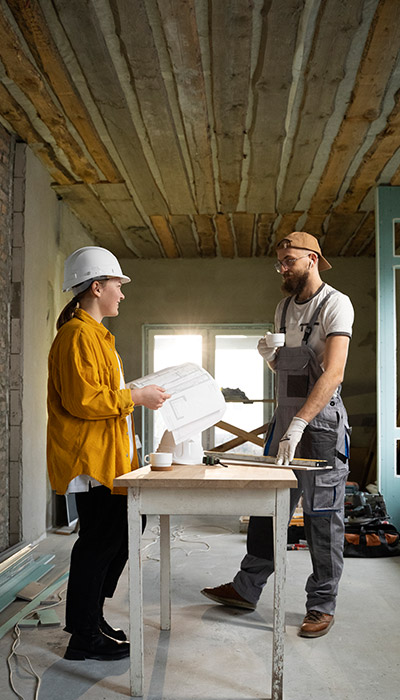
- Do prioritize functionality over aesthetics—design rooms for your lifestyle.
- Don’t overlook storage; build ample storage space from the start.
- Do invest in energy-efficient systems to save long-term.
- Don’t ignore future expansion possibilities; consider adaptable designs.
- Do hire reliable professionals and work with a realistic budget.
Learn more: >5 Tips for Preparing Your Finances to Buy a Home
How to Design and Personalize Your Home
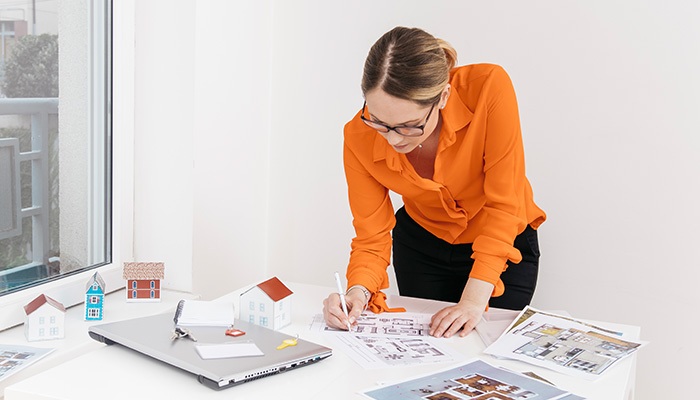
- Install Custom Cabinetry: Choose from hundreds of designs for kitchens, bathrooms, and living rooms that can offer vital storage and feature your personality.
- Feature Walls: Transform your house into a home with a striking accent wall in your living spaces—a show-stopping effect on any room.
- Smart Lighting Systems: Develop customizable lighting profiles for a variety of moods and purposes within your home, such as reading nooks and entertainment areas.
- Built-In Shelving: Custom shelving could make the room more personalized and functional by keeping things organized while showing a touch of your personality.
- Outdoor Living Spaces: Designing an outdoor patio, deck, or balcony that brings the outdoors into the living space creates a natural retreat.
Things You Should Have in Your Home

- Mudroom or Entryway Storage: It is a space where you can design a place for shoe storage, bags, and jackets to ensure the main area is clean and organized.
- A walk-in pantry: It provides essential storage, organizing those items in the kitchen which will keep kitchen essentials accessible and visible.
- Dedicated laundry room: The main space provides enough space for sorting, folding, and ironing, which makes chores less painful to do.
- Energy-efficient appliances: These can make a huge difference to your monthly energy bills if you install them in your home.
- A comfortable workspace: An ergonomic home office or study space greatly improves productivity and comfort.
Trends in Home Building
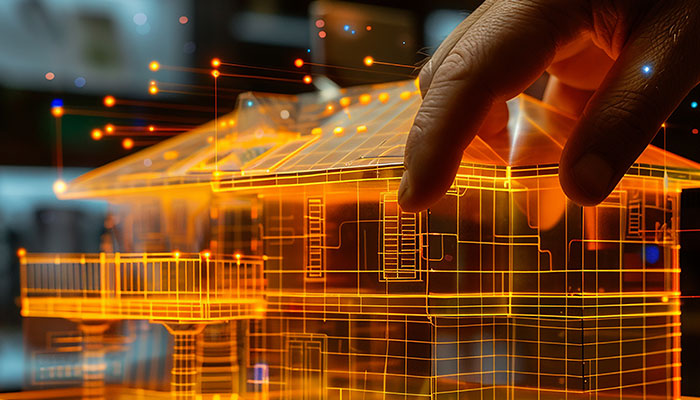
- Net-Zero Homes: Increasing numbers of homes are being built to produce at least as much energy as they consume, with great reductions in environmental impacts.
- Family Growing: Evolving Floor Plans and innovative house designs that can grow along with changing family needs are quite common.
- 3D Printing of Houses: New for this decade, this science is emerging as a means of saving on cost and time to construct housing.
- Modular Building: Prefabricated modules are efficient, ecological, and fast to customize.
- Biophilic Design: Natural elements such as wood, stone, and greenery added to the home can improve well-being and connect it with nature.
Experience a Seamless Move-Trust Our Professional Movers!
Conclusion
Building your house needs careful planning and creativity toward making the best out of your investment. Considering the basics, modern designs, eco-friendliness, and cost-cutting ideas, you can build a home that is both useful and a reflection of your personality.
When searching for rentals, remember to compare “Best Moving Truck Rental Options” and “Find the Right Moving Truck Rental” companies to help make the process easier. Whether you are moving locally or out of state, finding the “Best Truck Rental for Long-Distance Moving” will make your transition so smooth. And now, with these tips, you are yet closer to making your dream home a reality.
FAQs for Building A Home Ideas:
Q: What strategies can I use to boost energy efficiency while building my home?
A: Integrating energy-efficient materials and appliances, optimizing insulation, and incorporating solar or renewable energy sources can significantly reduce energy costs and make your home more sustainable.
Q: What advantages does an open floor plan offer in home design?
A: Open floor plans provide a spacious, flexible living area that improves natural light, enhances flow, and supports both social gatherings and family interaction, making the home feel larger and more connected.
Q: How can smart home technology be integrated into my new construction?
A: Adding smart home devices, like thermostats, lighting, and security systems, during the building phase allows for seamless integration, providing convenience, energy savings, and enhanced security from the start.
Q: Can I design a home that evolves with my family’s needs over time?
A: Yes, by including adaptable spaces such as multi-purpose rooms or flexible layouts, your home can better support your family’s changing needs without requiring major renovations down the line.
Q: How does thoughtful landscaping benefit my home’s overall design?
A: Landscaping enhances curb appeal, provides natural cooling, and supports outdoor activities, all while helping manage water runoff and protecting the home against erosion and temperature fluctuations.


